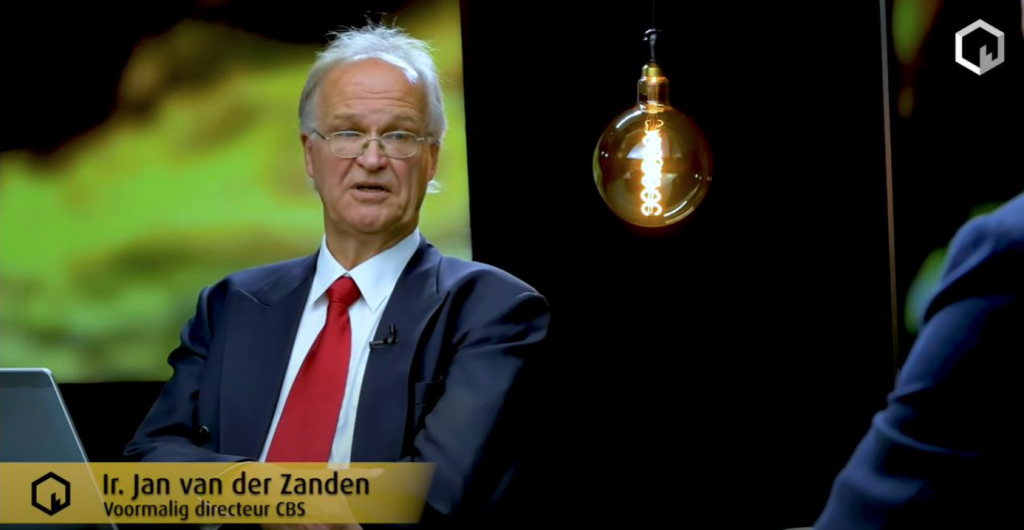For those who missed it on Facebook, this crosspost: Former CBS director Jan van der Zanden recently wobbled documents of the calculations and advice that have been the basis for the corona policy. He knew exactly where to dig and can also interpret the numbers.
If you watch the interview, you're shocked. The lockdown woes were simply calculated in advance, they knew it would have huge negative effects- and YET it has continued. See it blckbx-Interview with Flavio Pasquino.

Not afterwards but in advance
And that while an interested layman could see it coming: one of my first virus varia articles (April 2020) was about the damage that would be done to public health: https://virusvaria.nl/hoezo-volksgezondheid/ and https://virusvaria.nl/lockdown-werkt-averechts-op.../ (you don't have to read them, but purely to indicate that a year ago it was not good in terms of substantiation).
Een maand daarna (mei/juni 2020) werden mijn bange vermoedens over de negatieve volksgezondheidseffecten bevestigd in het Gupta-rapport. Dat rapport werd onmiddellijk afgebrand in de staatsmedia. Op een uiterst doorzichtige manier, zie: https://virusvaria.nl/kritiek-op-het-gupta-rapport-weerlegd/ (I would read this one, Jan van der Zanden also refers to it).

"That article [on the Gupta critique] says exactly what I say, and what I've published about (at least tried...). The core of the weakness lies in the assumption that qaly revenue decreased exactly linearly with healthcare revenue. That's just wrong, because it's prioritized*. By doctors; but also by patients. Hence my best guess that you should divide the 500,000 qalys from that report by 2 or 3. Even then, the outcome is horrendous. That's what your article also states. On balance, the qaly yield is just negative."
Former CBS director Jan van der Zanden about a virus variant article from June 2020
* Note: qaly yield does not decrease proportionally to reduction in care because the most severe cases, i.e. those with the highest qaly yield, have been advanced at the expense of low qaly yielding treatments. Thus, relatively fewer treatments have been cancelled for severe cases. This breaks the linear relationship between care hours and qaly yield. This can be compared to the Gupta report, which does calculate linearly. But as van der Zande says: "even if you share 500,000 qalys from that report by 2 or 3, even then the outcome is horrible".



